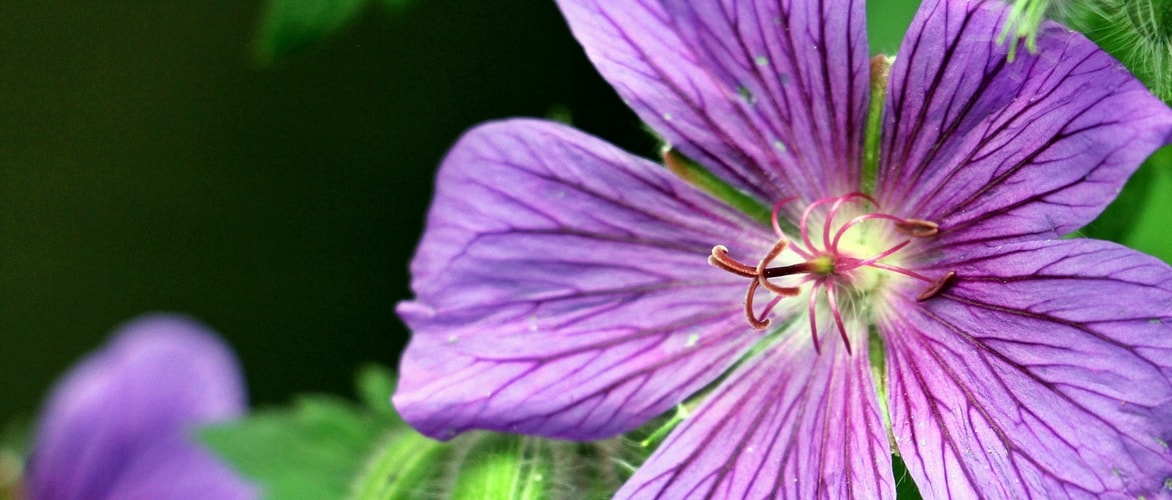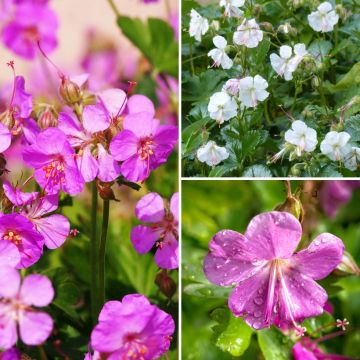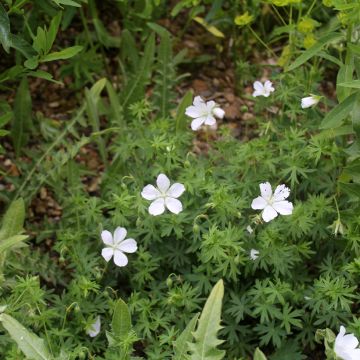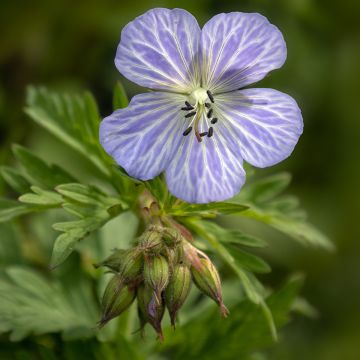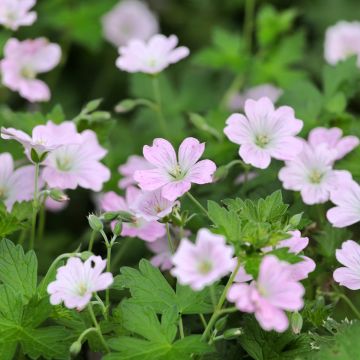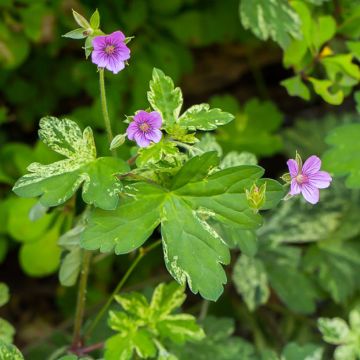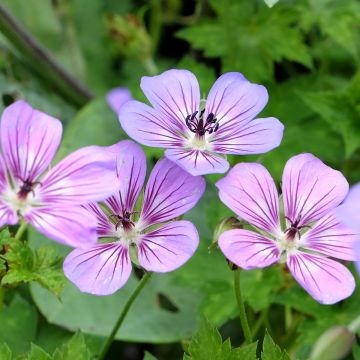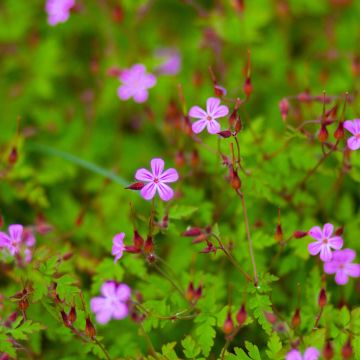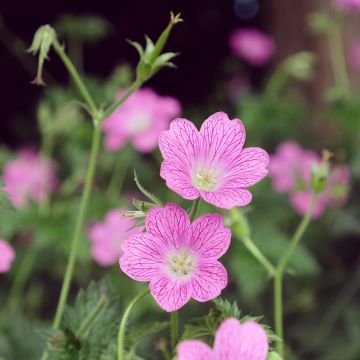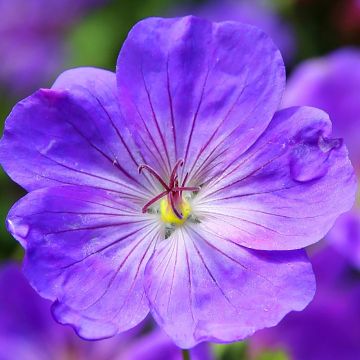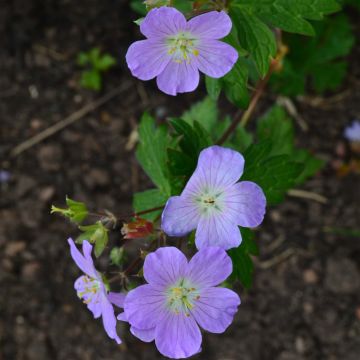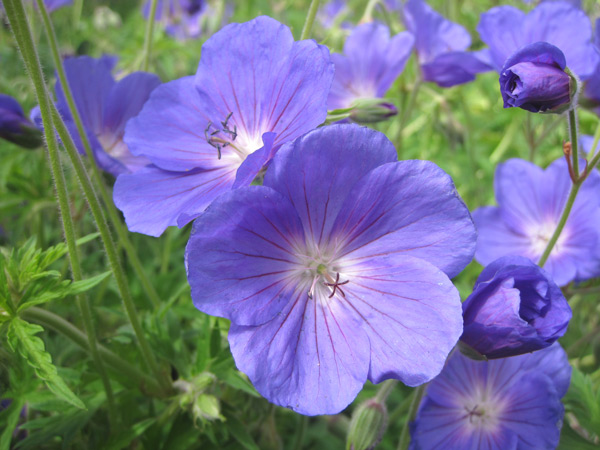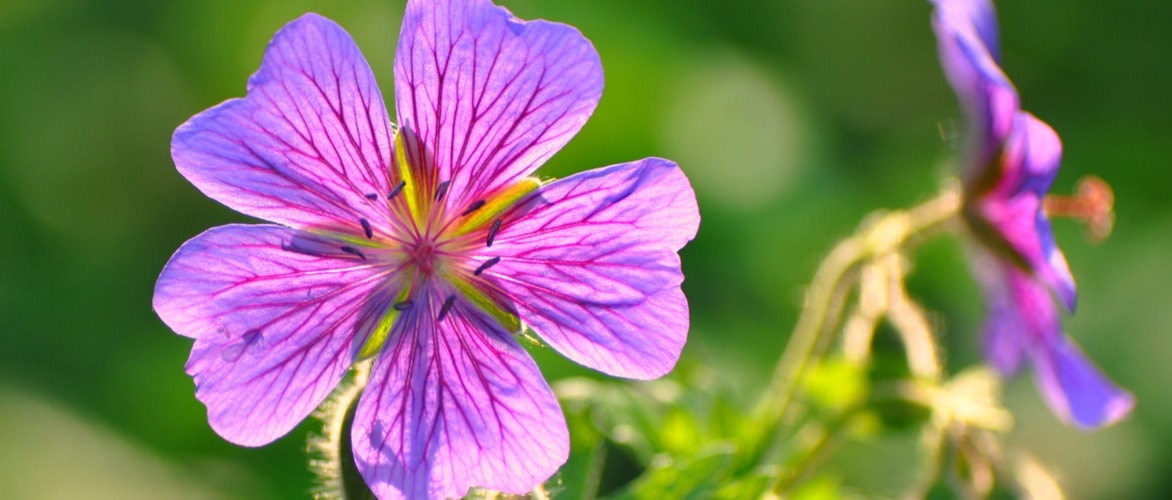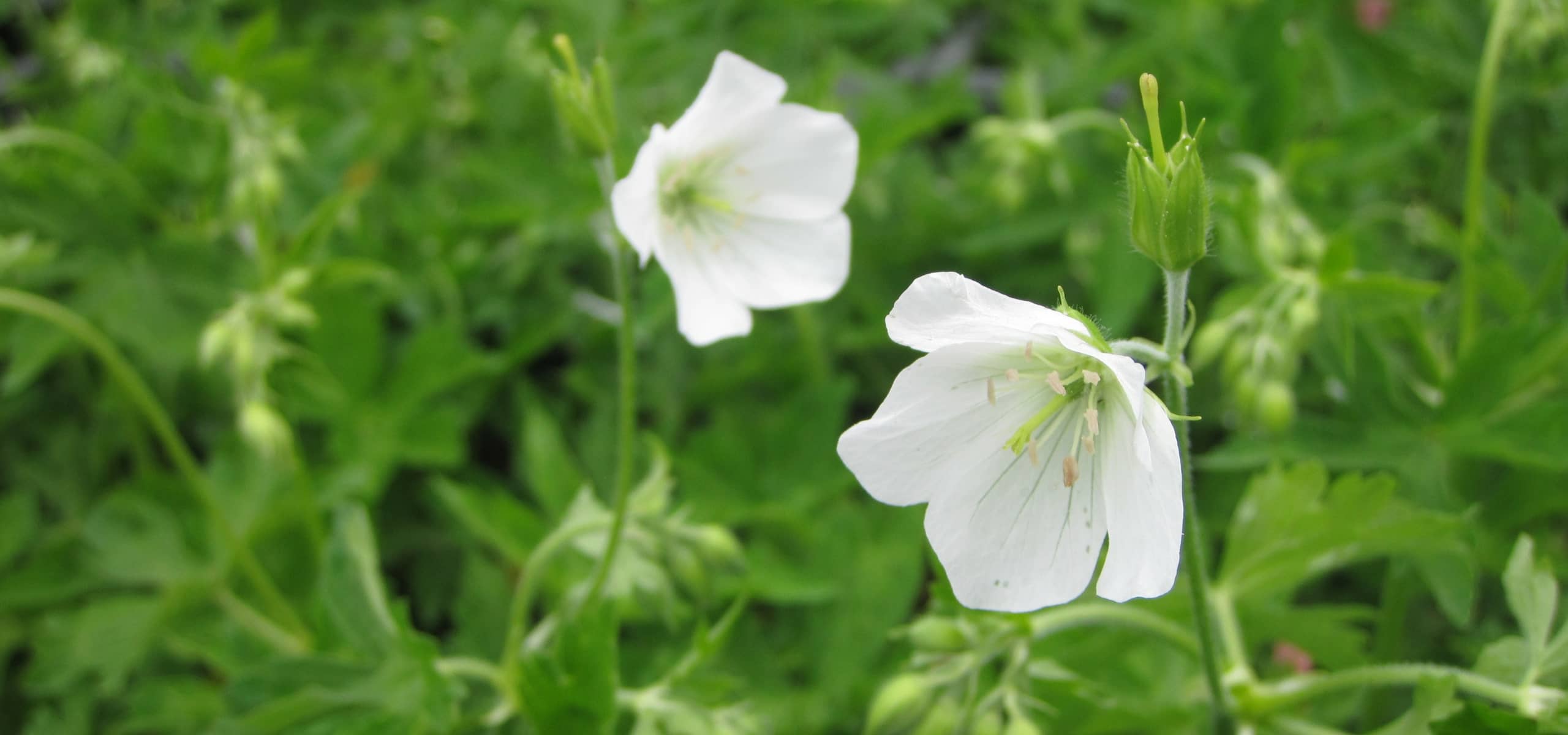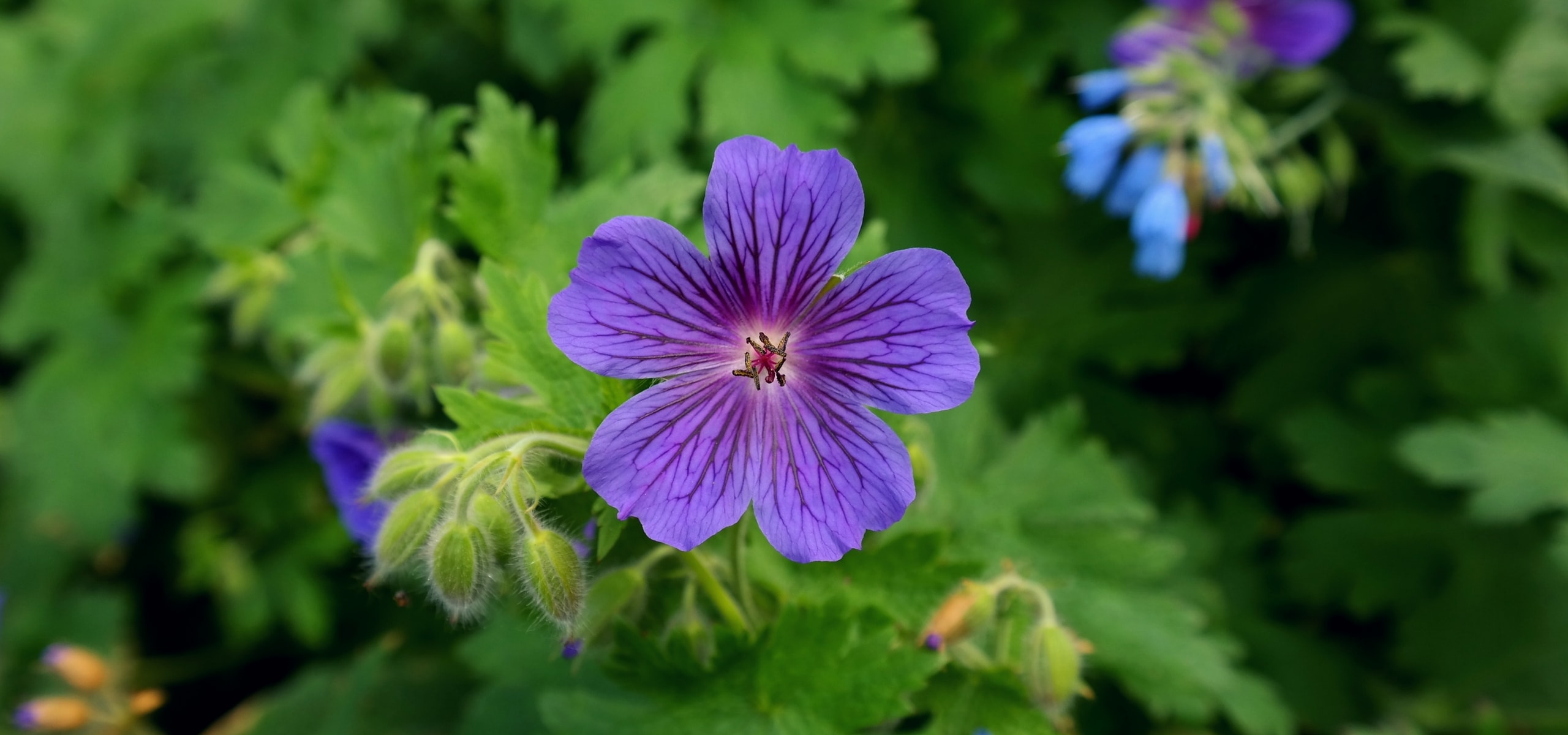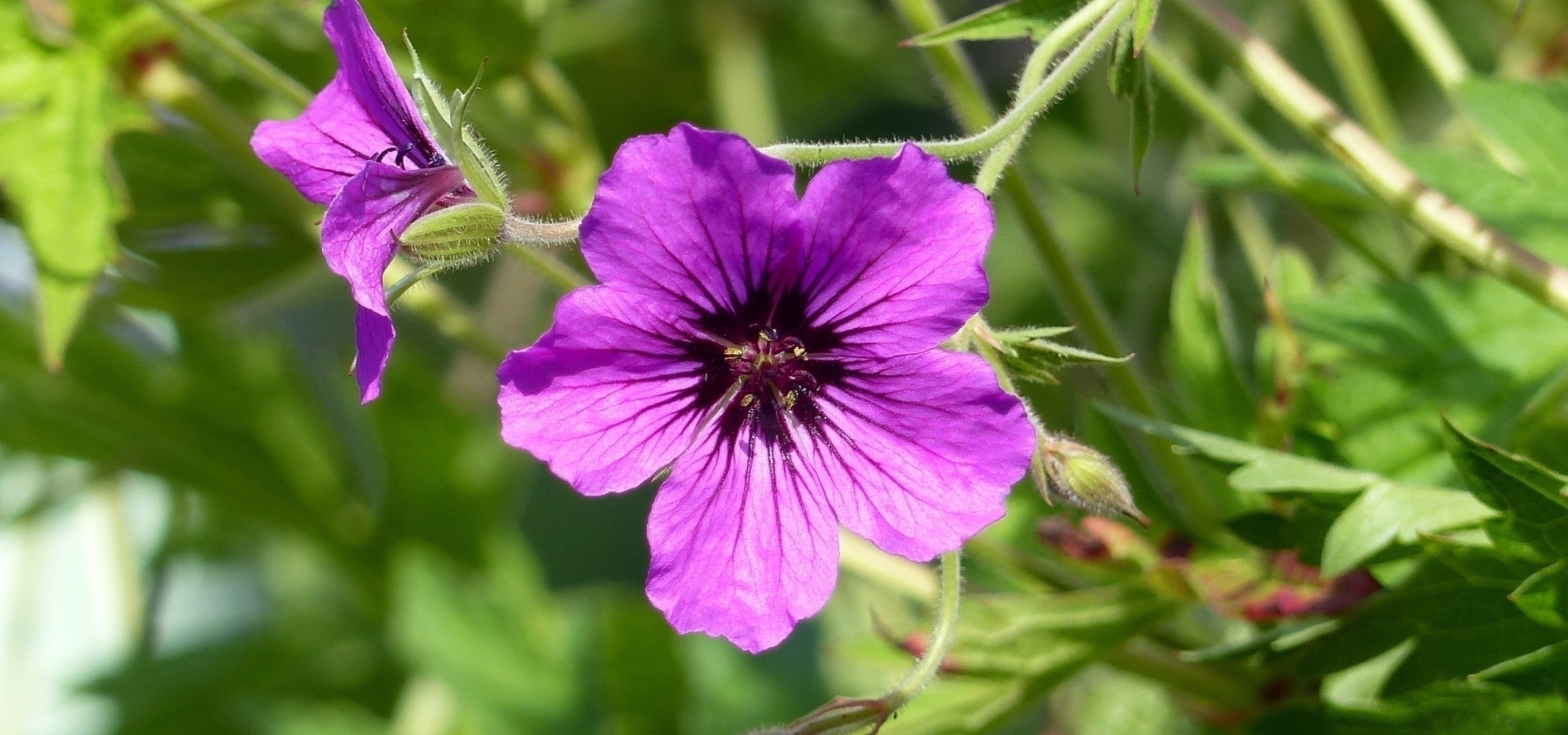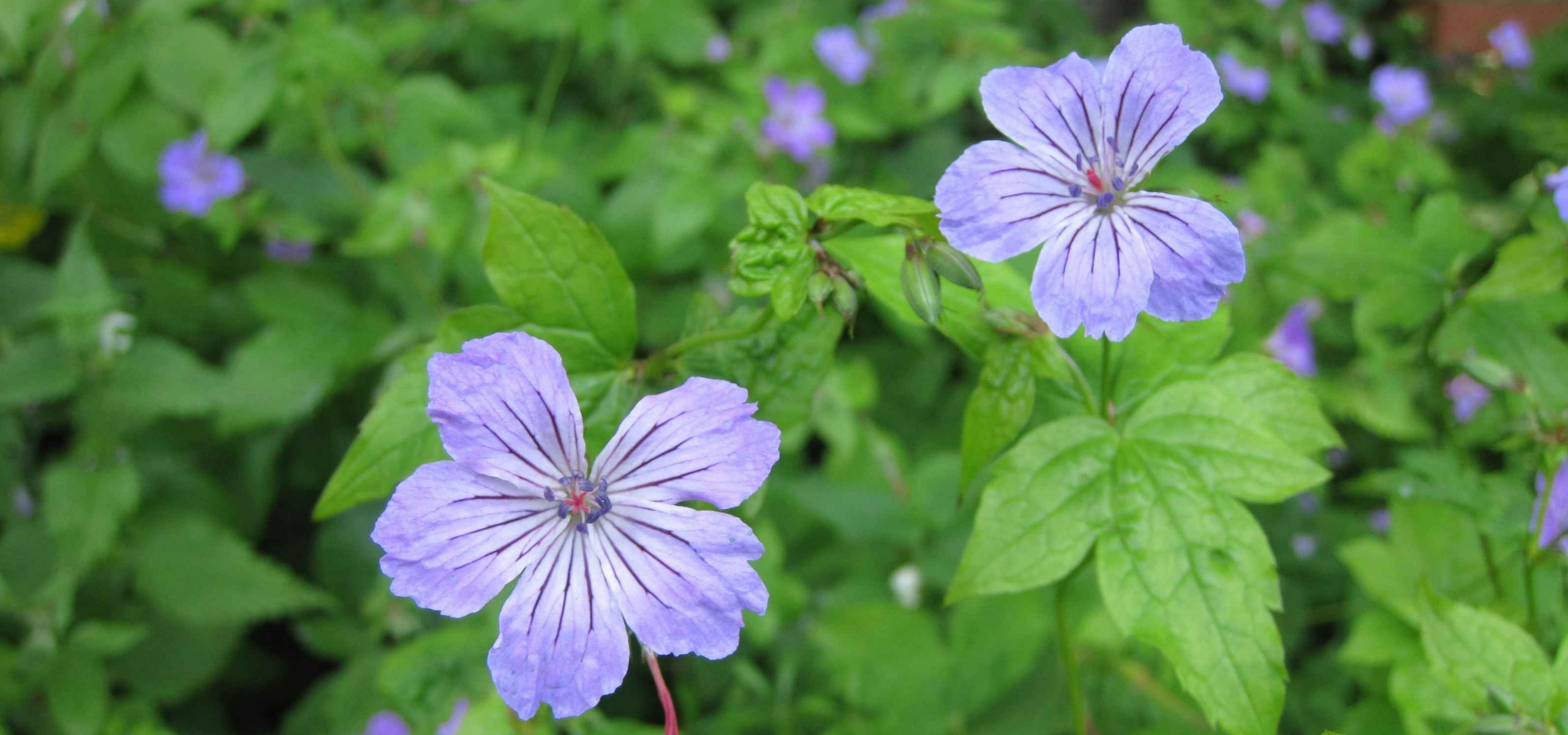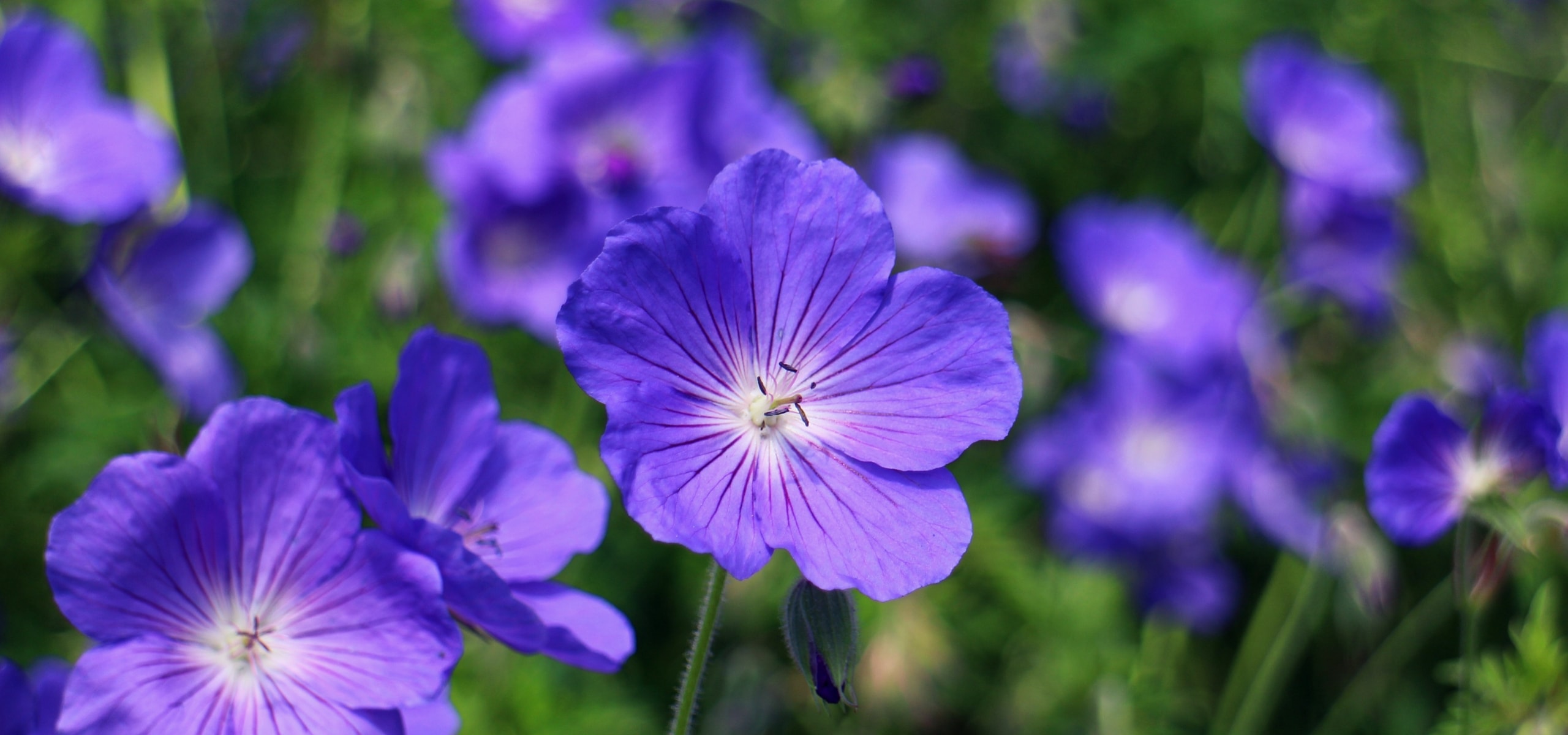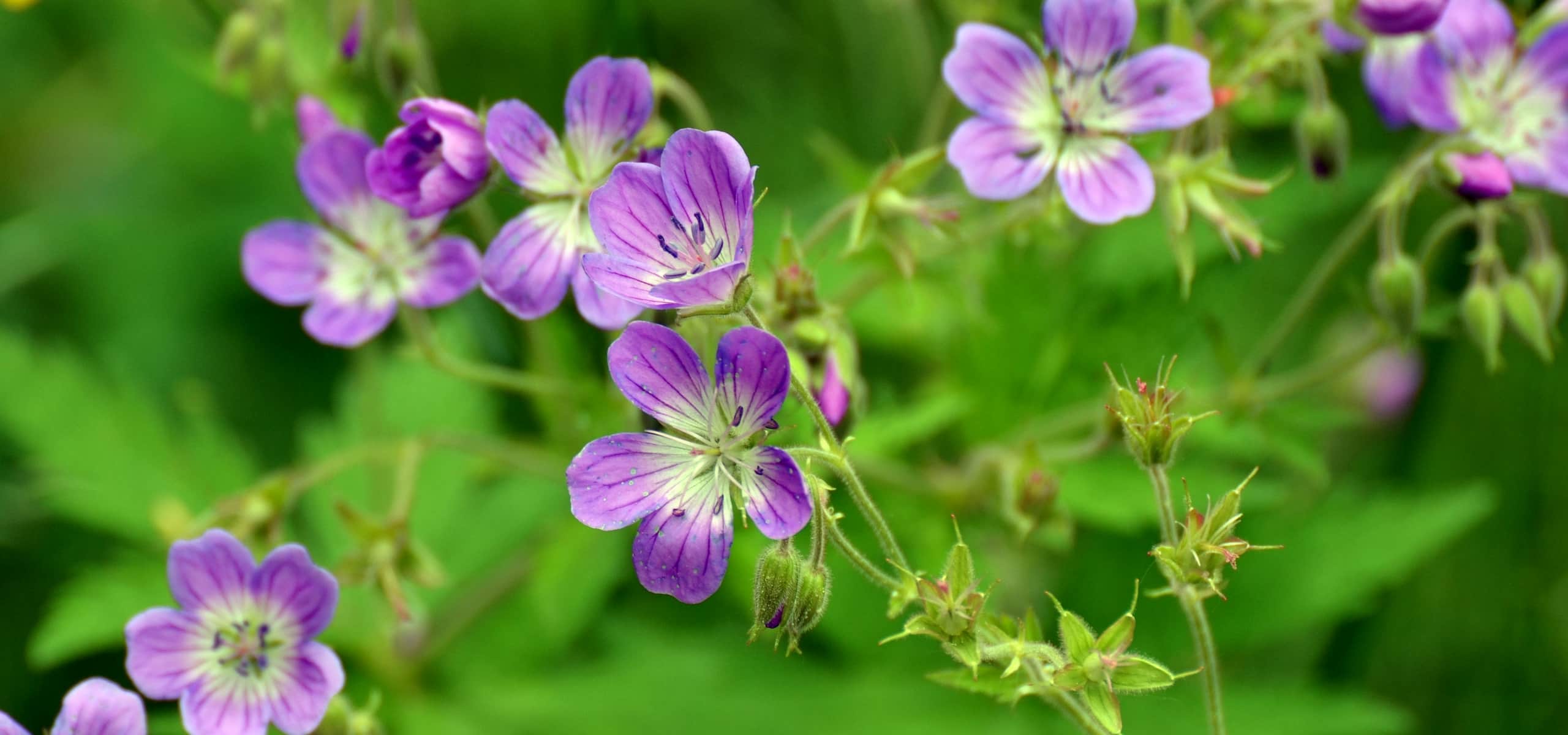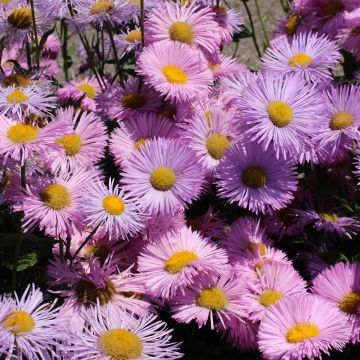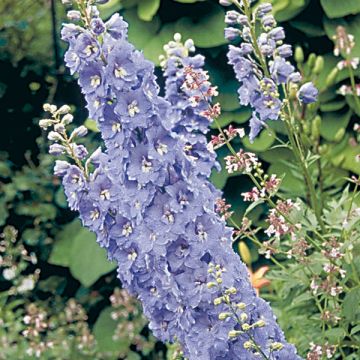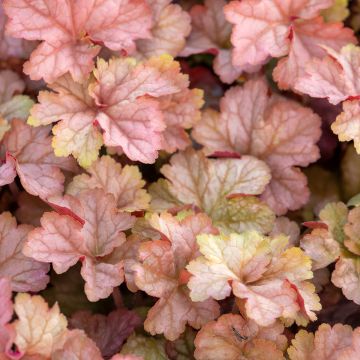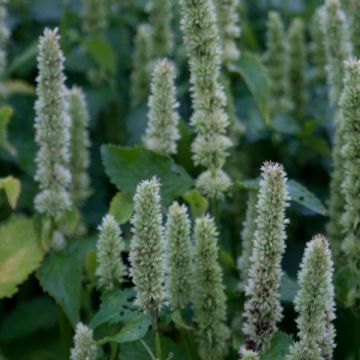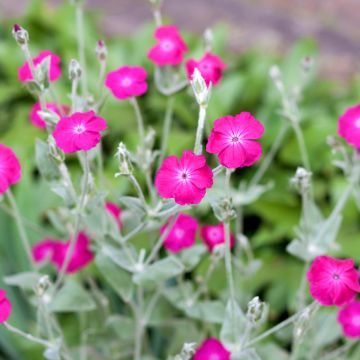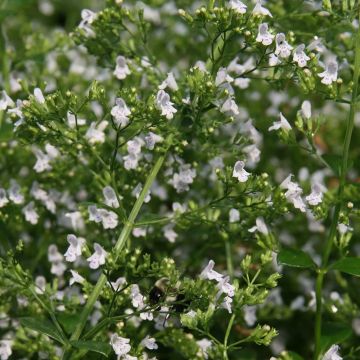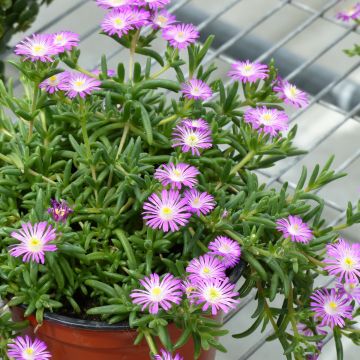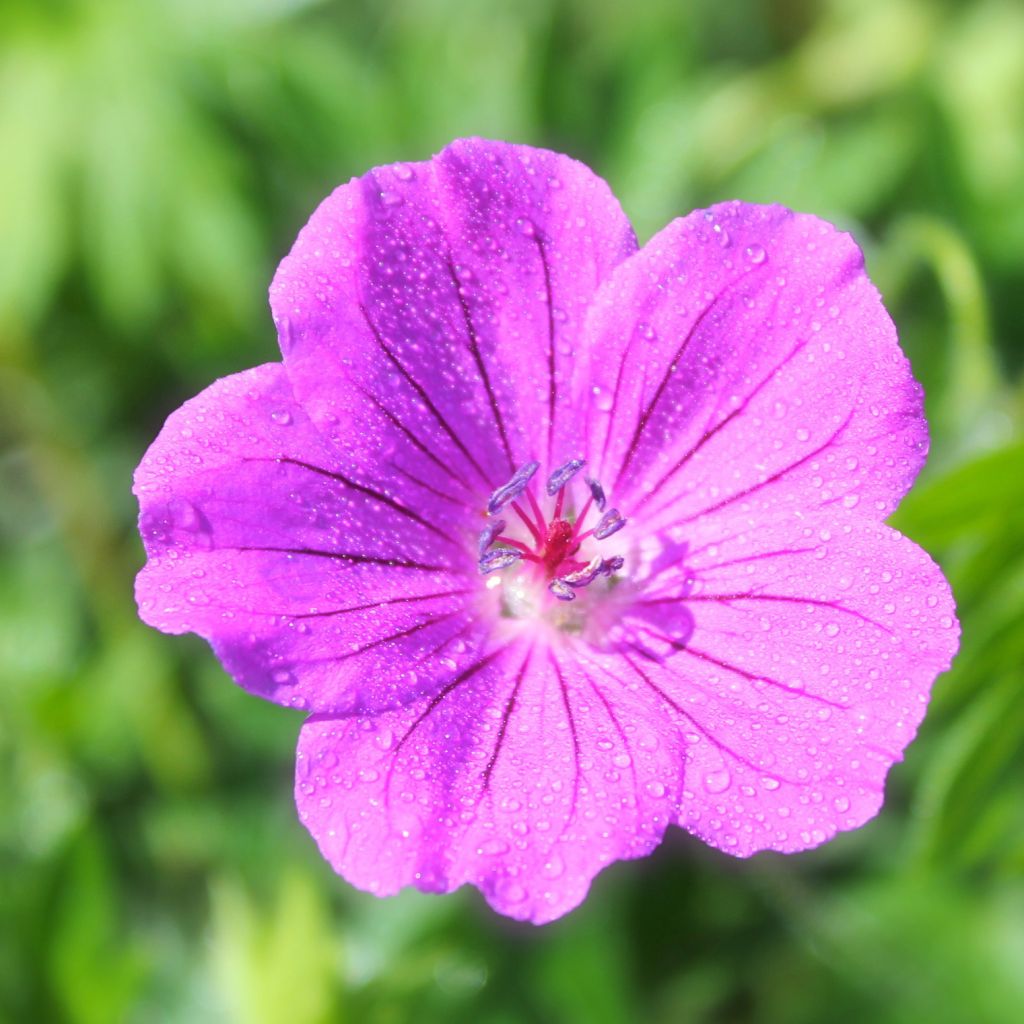

Geranium riversleaianum Russell Prichard
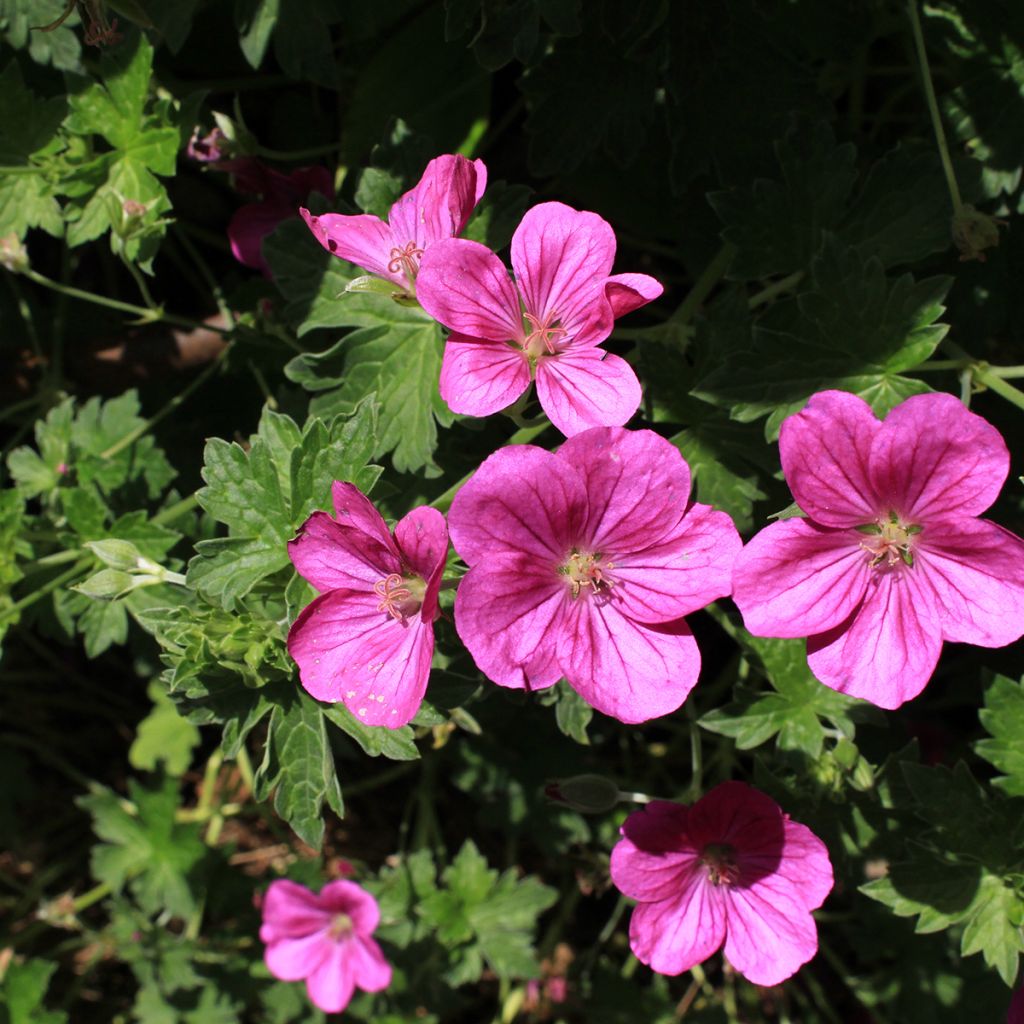

Geranium riversleaianum Russell Prichard
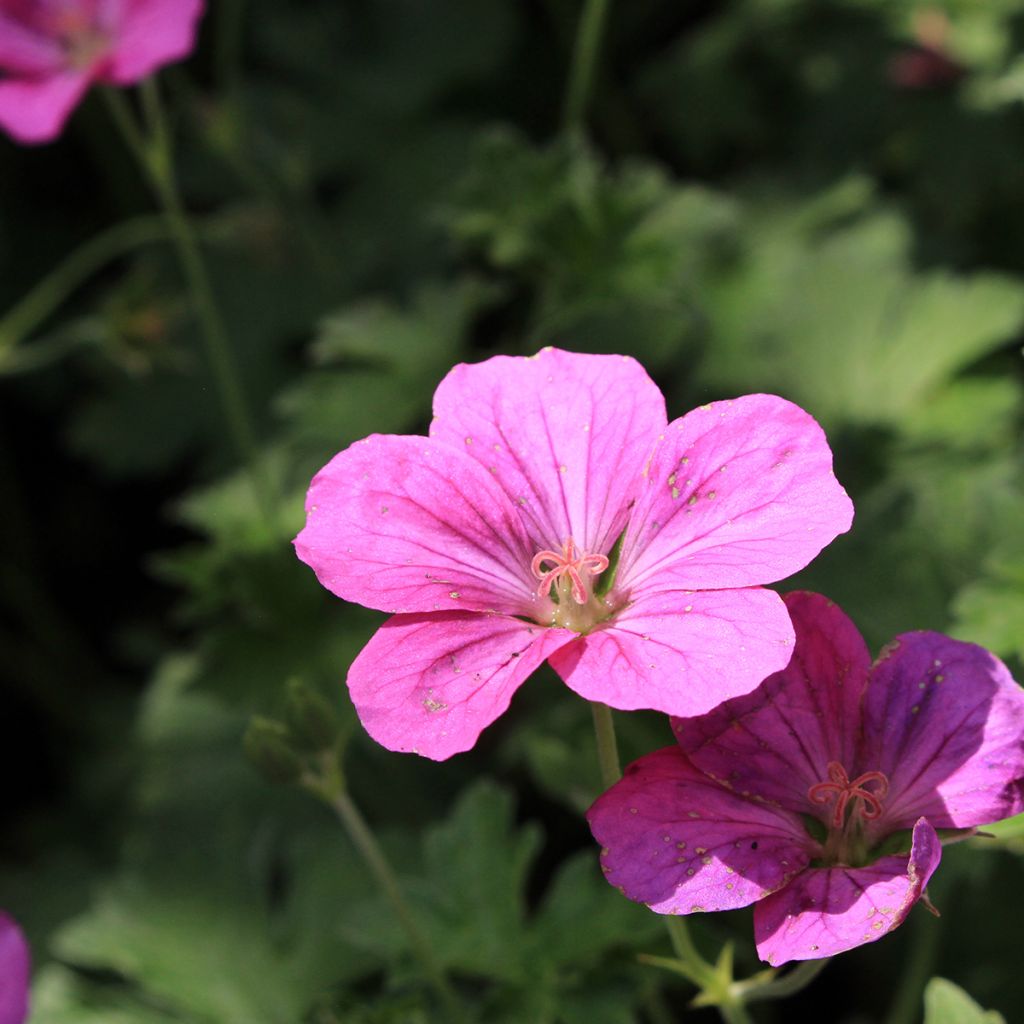

Geranium riversleaianum Russell Prichard


Geranium riversleaianum Russell Prichard
Geranium riversleaianum Russell Prichard
Geranium x riversleaianum Russell Prichard
Cranesbill, Hardy Geranium
Beautiful young plant that will be quickly transplanted into a border - out of the three, one doesn't have leaves but it's a perennial, so we'll have to wait... there are roots - thank you for all your lovely produce -
Marie-José, 29/08/2020
Special offer!
Receive a €20 voucher for any order over €90 (excluding delivery costs, credit notes, and plastic-free options)!
1- Add your favorite plants to your cart.
2- Once you have reached €90, confirm your order (you can even choose the delivery date!).
3- As soon as your order is shipped, you will receive an email containing your voucher code, valid for 3 months (90 days).
Your voucher is unique and can only be used once, for any order with a minimum value of €20, excluding delivery costs.
Can be combined with other current offers, non-divisible and non-refundable.
Home or relay delivery (depending on size and destination)
Schedule delivery date,
and select date in basket
This plant carries a 12 months recovery warranty
More information
We guarantee the quality of our plants for a full growing cycle, and will replace at our expense any plant that fails to recover under normal climatic and planting conditions.

Would this plant suit my garden?
Set up your Plantfit profile →
Description
The Riversleaianum 'Russel Prichard' perennial Geranium, also known as 'Russel Prichard' perennial Geranium, forms a persistent, ground-covering plant with velvety, dentate, silver-grey foliage and offers a constantly renewed flowering, brilliant, with tubular magenta-pink corollas, from early summer to autumn. It is a plant to be used without moderation, with well-deserved success, both very beautiful and easy to cultivate in not too harsh climates.
The Riversleaianum 'Russel Prichard' perennial Geranium belongs to the Geraniaceae family. This hybrid is the result of cross-breeding between Geranium endressii, native to the Pyrenees, and Geranium traversii, originating from the cliffs of the Chatham Islands, located off the coast of New Zealand, bathed by the South Pacific. From its first parent, it inherited better hardiness, floribundity and robustness, while the second one bequeathed its velvety, silver-grey, evergreen foliage. This pretty ground-covering plant, 25 cm (10in) in height, spreading over at least 50 cm (20in), has a slightly loose, spreading habit, while forming a silver dome of silver-grey, slightly velvety and well-cut leaves. The flowers bloom from June until the first frosts. They are delicate and elegant, bright magenta-pink, and veined to attenuate their brightness.
Ideally, plant the 'Russel Prichard' perennial Geranium in a sunny, well-drained location, in low borders or as ground cover. To accompany its flowering until the winter, it can be paired with Aster 'Mönch' or Coreopsis 'Moonbeam'. It is superb for bordering a sunny pathway, in a cool rockery, at the base of clematis. It can even be adopted in a large pot or hanging basket.
Geranium riversleaianum Russell Prichard in pictures
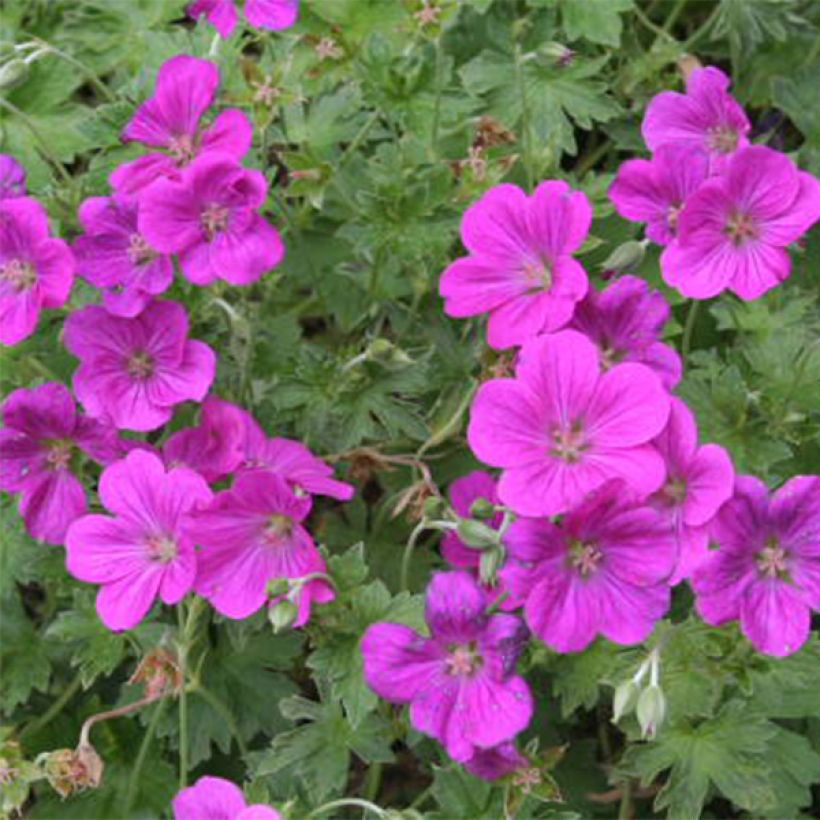

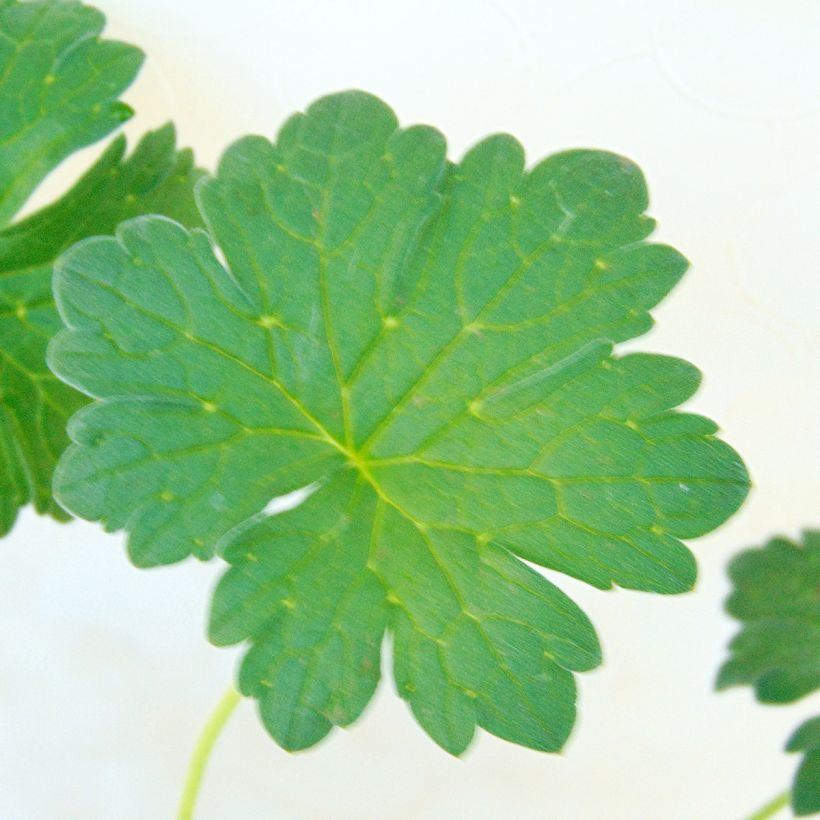

Flowering
Foliage
Plant habit
Botanical data
Geranium
x riversleaianum
Russell Prichard
Geraniaceae
Cranesbill, Hardy Geranium
Cultivar or hybrid
Other Hardy Geranium - Cranesbill
View all →Planting and care
The perennial geranium riversleaianum 'Russel Prichard' grows in ordinary, limestone, sandy, humus-rich soil. It appreciates sunny locations, tolerates partial shade but dreads dense shade that hampers its floribundity and hardiness. It fears competition from bush roots. From its relationship with G. traversii, it has inherited a certain sensitivity to cold, and it thrives best in a rather gravelly or sandy, well-drained soil. In colder regions, it has the greatest chance of surviving winter frosts in a protected spot, such as against a wall.
Planting period
Intended location
Care
Planting & care advice
-
, onOrder confirmed
Reply from on Promesse de fleurs
Similar products
Haven't found what you were looking for?
Hardiness is the lowest winter temperature a plant can endure without suffering serious damage or even dying. However, hardiness is affected by location (a sheltered area, such as a patio), protection (winter cover) and soil type (hardiness is improved by well-drained soil).

Photo Sharing Terms & Conditions
In order to encourage gardeners to interact and share their experiences, Promesse de fleurs offers various media enabling content to be uploaded onto its Site - in particular via the ‘Photo sharing’ module.
The User agrees to refrain from:
- Posting any content that is illegal, prejudicial, insulting, racist, inciteful to hatred, revisionist, contrary to public decency, that infringes on privacy or on the privacy rights of third parties, in particular the publicity rights of persons and goods, intellectual property rights, or the right to privacy.
- Submitting content on behalf of a third party;
- Impersonate the identity of a third party and/or publish any personal information about a third party;
In general, the User undertakes to refrain from any unethical behaviour.
All Content (in particular text, comments, files, images, photos, videos, creative works, etc.), which may be subject to property or intellectual property rights, image or other private rights, shall remain the property of the User, subject to the limited rights granted by the terms of the licence granted by Promesse de fleurs as stated below. Users are at liberty to publish or not to publish such Content on the Site, notably via the ‘Photo Sharing’ facility, and accept that this Content shall be made public and freely accessible, notably on the Internet.
Users further acknowledge, undertake to have ,and guarantee that they hold all necessary rights and permissions to publish such material on the Site, in particular with regard to the legislation in force pertaining to any privacy, property, intellectual property, image, or contractual rights, or rights of any other nature. By publishing such Content on the Site, Users acknowledge accepting full liability as publishers of the Content within the meaning of the law, and grant Promesse de fleurs, free of charge, an inclusive, worldwide licence for the said Content for the entire duration of its publication, including all reproduction, representation, up/downloading, displaying, performing, transmission, and storage rights.
Users also grant permission for their name to be linked to the Content and accept that this link may not always be made available.
By engaging in posting material, Users consent to their Content becoming automatically accessible on the Internet, in particular on other sites and/or blogs and/or web pages of the Promesse de fleurs site, including in particular social pages and the Promesse de fleurs catalogue.
Users may secure the removal of entrusted content free of charge by issuing a simple request via our contact form.
The flowering period indicated on our website applies to countries and regions located in USDA zone 8 (France, the United Kingdom, Ireland, the Netherlands, etc.)
It will vary according to where you live:
- In zones 9 to 10 (Italy, Spain, Greece, etc.), flowering will occur about 2 to 4 weeks earlier.
- In zones 6 to 7 (Germany, Poland, Slovenia, and lower mountainous regions), flowering will be delayed by 2 to 3 weeks.
- In zone 5 (Central Europe, Scandinavia), blooming will be delayed by 3 to 5 weeks.
In temperate climates, pruning of spring-flowering shrubs (forsythia, spireas, etc.) should be done just after flowering.
Pruning of summer-flowering shrubs (Indian Lilac, Perovskia, etc.) can be done in winter or spring.
In cold regions as well as with frost-sensitive plants, avoid pruning too early when severe frosts may still occur.
The planting period indicated on our website applies to countries and regions located in USDA zone 8 (France, United Kingdom, Ireland, Netherlands).
It will vary according to where you live:
- In Mediterranean zones (Marseille, Madrid, Milan, etc.), autumn and winter are the best planting periods.
- In continental zones (Strasbourg, Munich, Vienna, etc.), delay planting by 2 to 3 weeks in spring and bring it forward by 2 to 4 weeks in autumn.
- In mountainous regions (the Alps, Pyrenees, Carpathians, etc.), it is best to plant in late spring (May-June) or late summer (August-September).
The harvesting period indicated on our website applies to countries and regions in USDA zone 8 (France, England, Ireland, the Netherlands).
In colder areas (Scandinavia, Poland, Austria...) fruit and vegetable harvests are likely to be delayed by 3-4 weeks.
In warmer areas (Italy, Spain, Greece, etc.), harvesting will probably take place earlier, depending on weather conditions.
The sowing periods indicated on our website apply to countries and regions within USDA Zone 8 (France, UK, Ireland, Netherlands).
In colder areas (Scandinavia, Poland, Austria...), delay any outdoor sowing by 3-4 weeks, or sow under glass.
In warmer climes (Italy, Spain, Greece, etc.), bring outdoor sowing forward by a few weeks.






























